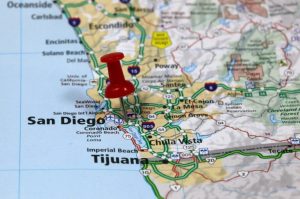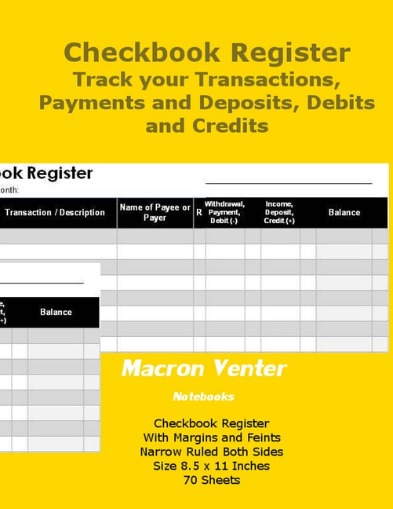Content
Retailers using RIM could thus quickly approximate the value of their inventory without having to, for example, devote time to researching the current wholesale market prices for the equivalent stock. Cost complement percentage) to generate the ending-inventory value. Accurately accounting for all of that precious stock is a crucial task for any sized business—but this is also one of the most daunting accounting challenges facing all retailers.
The retail inventory method definitely has its advantages, but there are also some obvious drawbacks. It’ll be important for you to weigh the good with the bad as you decide whether this retail accounting approach is right for your business. In those cases, it’s much easier to use the WAC formula to understand the average value of goods rather than looking at individual inventory items.
When the merchandise has a consistent mark-up percentage
Paying attention to metrics like inventory value can reveal a lot about the state of your company’s finances and its operational efficiency. It only works if you have consistent markup across all of your products sold. Calculate the cost of goods available for sale, where the formula is the cost of beginning inventory plus cost of purchases. Say your Pizzeria has a beginning inventory https://www.harlemworldmagazine.com/retail-accounting-why-is-it-essential-for-inventory-management/ with a cost of $10,000 and a retail value of $20,000. You then purchase $40,000 worth of new inventory that has a retail value of $80,000, its total cost of goods available for sale is $50,000 and the retail value of goods that are available for sale is $100,000. In this example, the Pizzeria’s cost-to-retail ratio is $50,000 divided by $100,000, which would be 50%.
- It does this by measuring the cost of your inventory relative to its retail price.
- Because your older inventory has already been sold and shipped out, your newer products remain on your warehouse shelves.
- Not only does Extensiv Order Manager enhance your operational efficiency, but this system goes a step further by acquiring insights from your inventory data, as well.
- That means that 50 cents of each sales dollar composes merchandise cost.
This frees up hours in the workday, so your team can focus on customer relationships or even new product planning. Plus, you can save quite a bit of money when your team isn’t working days on end trying to generate a physical inventory count. Another thing to note about the retail inventory method is that it’s a simple, cost-effective strategy for inventory management. In practically no time, this method tells you the number of products you have left compared to what’s already been sold. A full inventory count will likely require you to close your store or to count products before/after business hours.
How to calculate the retail inventory method
For instance, if you run sales on specific products, your cost-to-retail ratio will be inconsistent, and the formula won’t provide you with an accurate picture of your stock. In other words, if you run a sale after your last physical inventory count, you won’t be able to rely on your markup percentage to calculate the value of your inventory in the current period. Let’s assume you took a physical inventory count at the beginning of the quarter, and you know the actual cost of your inventory as of that date was $80,000. Reviewing the reports from your point of sale system you see that, as of the end of the quarter, your sales totaled $30,000. Finally, throughout the quarter, you purchased new yarn and accessories, which cost a total of $10,000. FIFO inventory costing assumes any inventory left on hand at the end of the accounting period should be valued at the most recent purchase price.
A retailer or retail inventory manager will use the retail method of inventory to evaluate the final inventory balances. The retail method of inventory is an approach that assesses the value of a store’s stock over a specified reporting period. Calculating the ending inventory balance of a store requires using the cost of products, sales, and retail prices. The value of your stock that’s still available for sale at the end of the reporting period is referred to as ending inventory. Because the method isn’t completely precise, it should be supplemented with a physical inventory counting on a regular basis. It is impossible to write a detailed piece on the retail inventory method and not mention the gross profit method.



